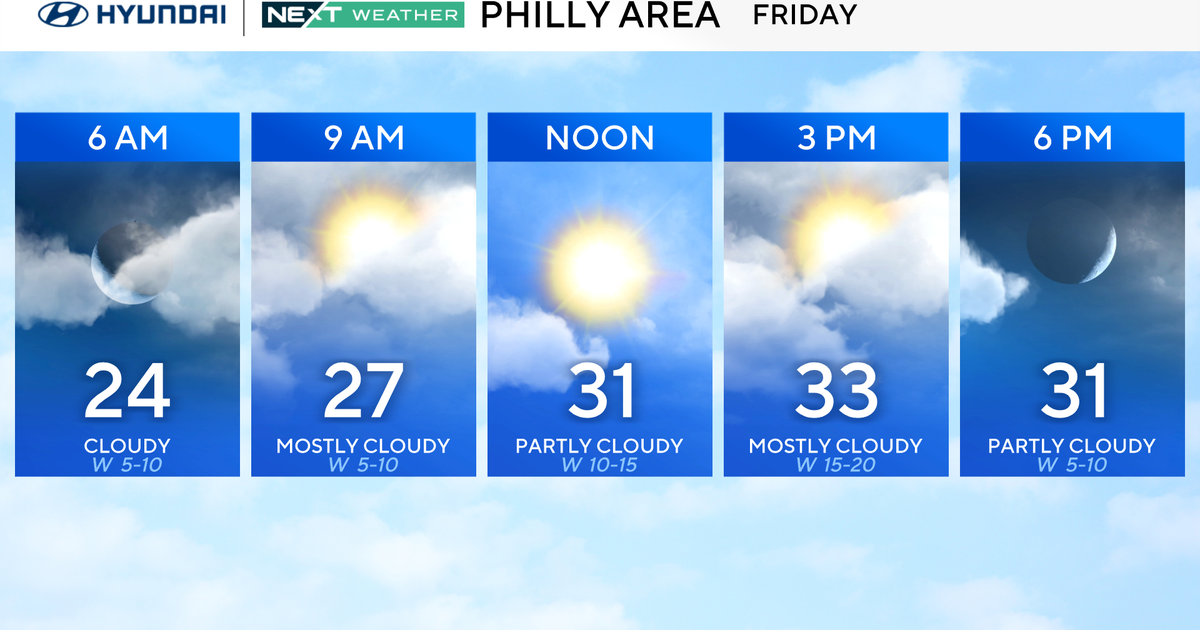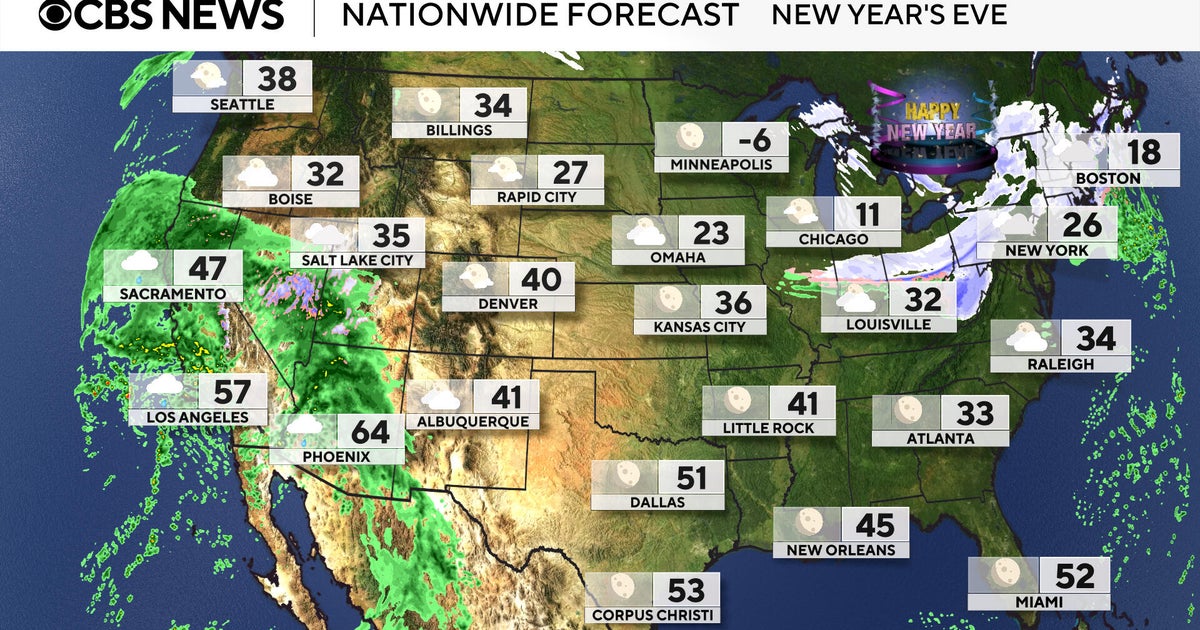Behind the scenes: Filming bats
By "Sunday Morning" videographer Carl Mrozek
I had to drive over 600 miles from my home base near Buffalo, N.Y., to film bats in a cave, because most bat colonies in the Northeast have been decimated by a deadly disease, the white-nosed syndrome.
White nose is a fungus which mostly begins on the nose and face but may easily spread to other body parts, and to other bats. White nose obviously bothers the bats and impels them to do self-destructive things, like fly out of their hibernacula (caves, mines… ) into the frigid winter landscape, often clustering around the entrance of their caves, even when temperatures are well below freezing. If not killed by the cold per se, all of this exertion during mid-winter, when they can't feed, may cause the bats to die of exhaustion or exposure. The populations of many large bat colonies in the eastern U.S. and Canada have been reduced by 90-100% by this pervasive pestilence.
While white-nosed syndrome has reached the Gulf of Mexico and the Pacific, it hasn't affected colonies in warmer Southeastern and Southwestern states nearly as badly as in the colder Northeast.
The truth is that, to find fairly large concentrations of bats in caves that were also fairly accessible, I had to go south of the Mason Dixon line. After some research it turned out that central Kentucky was pretty much the closest locale to western New York where it was feasible to film bats in a cave in October for several reasons.
Kentucky has milder winters than much of the Northeast. It also has multiple large, deep caves, a la the Mammoth (Park) Caves. Moreover, some of these caves, particularly in around Mammoth National Park, have public access and also haven't been hit too hard (yet) by the deadly white nosed syndrome. Hence, they still had substantial bat populations like those which existed in the Northeast before white nose. As a result, wildlife officials there were a bit more amenable to permitting limited access to the bat caves to a wildlife filmmaker.
Nevertheless, various officials had to sign off first, as well as the landowners. Luckily, Kentucky wildlife officials and the owners of the Park Mammoth Resort were very cooperative provided that I agreed to follow their guidelines for safeguarding the bats.
Once the formal logistics were resolved, I was able to focus on my subject, gray bats. Also called mouse-eared bats, for their largish, mousey ears, gray bats are only 5" long with a one-foot wingspan, give or take an inch or two. As their name implies, they're uniformly gray after their summer molt, but may acquire a brownish tinge as the year progresses. They're also lightweights, topping off at 16 grams, much less than an ounce. Nevertheless, they're the largest members of their genus (Myotis) which includes the little brown bats, commonly seen in cities, suburbs, etc. They're also the only Myotis whose wing membrane connects to the ankle rather than to a toe.
Most gray bats have summer and winter homes and may migrate a few hundred miles between them. However, some may reside in the same cave year-round, which makes protecting each cave critical for the survival of this endangered species. Upwards of 400,000 gray bats are believed to overwinter in two caves at the Park Mammoth Resort, including the cave I filmed in, which makes them critical to the long-range survival of endangered gray bats. Fortunately, both of these caves are protected by a conservation easement with the Nature Conservancy which strictly limits access. Both of their entrances are barricaded by heavy steel bars, with just enough space between them for the bats to fly through, but are much too tightly spaced for even the youngest child to slip through. This keeps the gray bats safe and secure during the critical winter months when awakening prematurely can be deadly.
A Kentucky state wildlife official and a James Cave guide, with years of experience in these particular caves, provided me access and guided me through the winding tunnels with their many twists, turns and forks. Both made sure that we didn't awaken hibernating bats with our lights, camera and mere presence. Even though it was still in the 60s and 70s outside , many bats, notably females, had already begun hibernating. Awakening or otherwise disturbing them could adversely impact their pups which won't even be conceived until next spring and be born in late May or early June, after a brief gestation period of under 2 months. Hence the females need every microgram of stored fat to get them through the winter until they can emerge sometime in April.
Fortunately for the gray bats, these caves have many branches which continue for miles, some of them diagonal, and even vertical shafts. This provides them with a secure haven, even from the few persons allowed to visit these caves on a very limited and controlled basis.
[It was interesting to learn that these bats played an important role in the Civil War, when their droppings provided an ingredient (saltpeter) essential for making gunpowder. Confederate soldiers expanded the passageways to permit the use of carts and possibly mules to haul away the saltpeter, needed to fuel the carnage of the bloodiest war in our nation's history.]
While some of the bats in the passageways closest to the cave entrance had already settled in for a long winter's nap, the majority of them (probably males and fledglings) hadn't yet gone into hibernation and didn't hesitate to dislodge from the cave wall when we focused on them, to fly around us in the cave's winding labyrinth of passageways.
Just outside the cave we encountered up to a few dozen bats at once, swarming above the main entrance, before dispersing into the surrounding forest and nearby meadows to fatten up on flying insects. Each bat may snag upwards of several hundred insects in a single night, including many mosquitoes. This may partially explain why I didn't get a single mosquito bite while at Park Mammoth, despite the warm nocturnal temperatures and working well into the night.
The fact is that, despite their vampirish reputation, bats are actually the nemesis of our biggest bloodsucking menace -- mosquitoes. This is an excellent reason to encourage rather than discourage them around your home, cabin or cottage with bathouses. While you aren't likely to attract any colonial gray bats, there are a number of more solitary bat species which could move in, from the little brown bats to the larger silver-haired and big brown bats, among others.
For more info:
- Follow Carl Mrozek on Facebook








